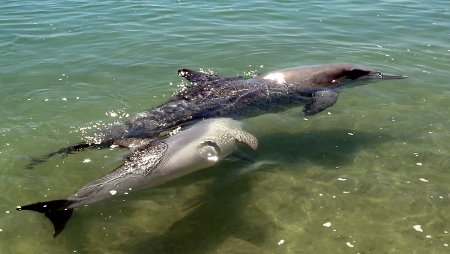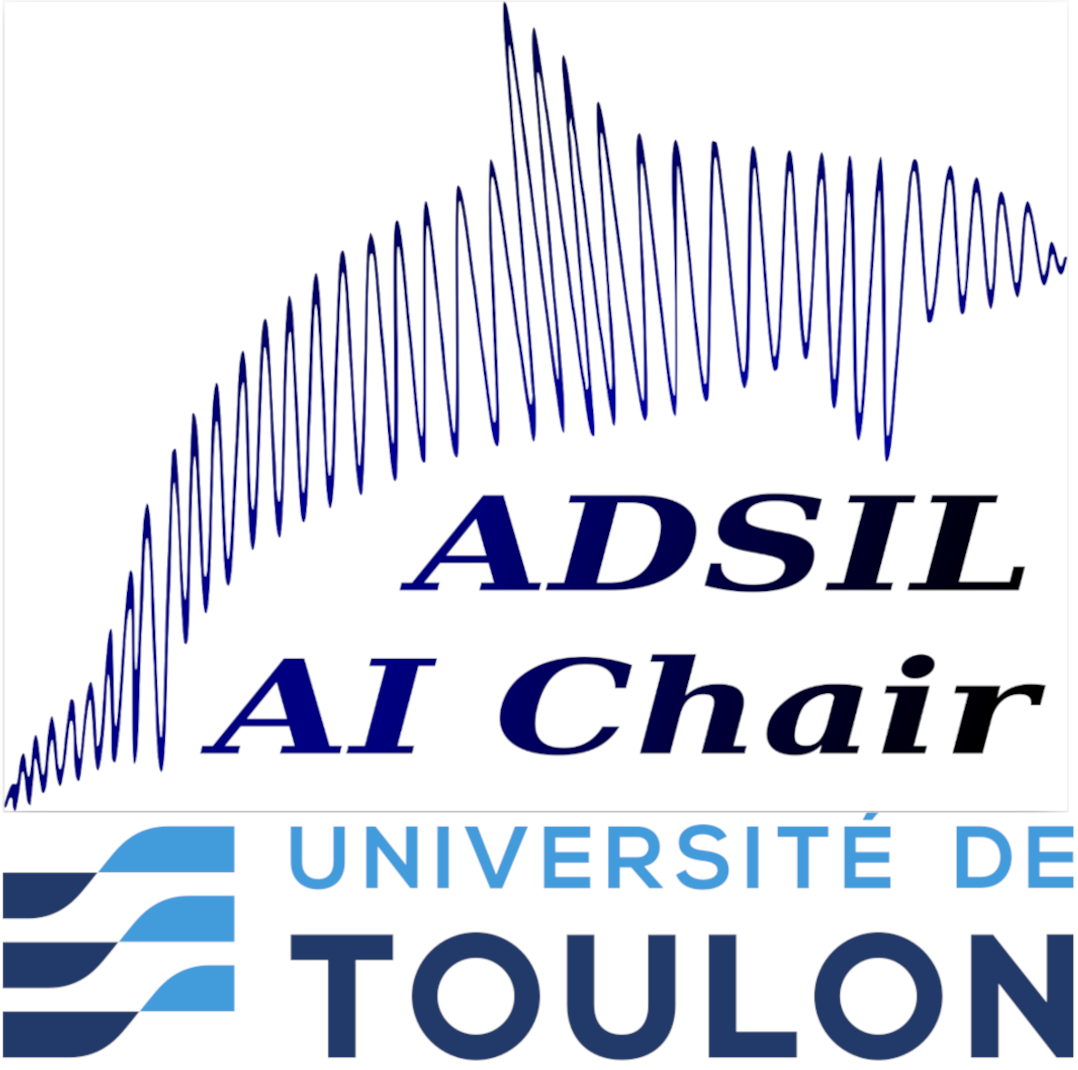H. Glotin et P. Mahe, CNRS LIS Univ Toulon

Started on Jan. 6, 2020
This challenge is linked to the largest international bioacoustical observatory, that is currently running in Caribbeans: 20 recordings stations are deployed from Bahamas to Venezuela during 1 year (EU project CARIMAM), at high sampling rate ( 512 kHz SR). It results into 60 To of recordings, that will be processed to assess the biodiversity of all this area by DYNI CNRS team (PI H. Glotin). Thus challenge aims to classify clicks emitted by biosonar of 10 cetaceans species (odontocetes). The recordings of the clicks are from a post-processed subset of DCLDE 2018 challenge ( 9 species, http://sabiod.org/DCLDE ), plus recordings of Cachalot (Physteter macrocephalus, Pm) done from ASV Sphyrna (http://sphyrna-odyssey.com) near Toulon, France. Each input signal is 8192 bins, at a sampling rate of 200 kHz. They each includes a click centered in the middle of the window in the case of the test set. The clicks in the training set are in various positions and background noises.
The goal is to classify each click according to the corresponding emitting species. The 10 species are : (0) Gg: Grampus griseus- Risso's dolphin (1) Gma: Globicephala macrorhynchus- Short-finned pilot whale (2) La: Lagenorhynchus acutus- Atlantic white-sided dolphin (3) Mb: Mesoplodon bidens- Sowerby's beaked whale (4) Me: Mesoplodon europaeus- Gervais beaked whale (5) Pm: Physeter macrocephalus - Sperm whale (6) Ssp: Stenella sp.Stenellid dolphin (7) UDA: Delphinid type A - a group of dolphins (species not yet determined) (8) UDB: Delphinid type B - another group of dolphins (species not yet determined) (9) Zc: Ziphius cavirostris - Cuvier's beaked whale The metric is the accuracy.
The recordings are from various subsea acoustic stations or autonomous surface vehicles (ASV). A part (9 classes) has been provided by the Scripps Institution of Oceanography for the 8th DCLDE Workshop. They consist of acoustic recordings from multiple deployments of high-frequency acoustic recording packages (Wiggins and Hildebrand, 2007) deployed in the Western North Atlantic (US EEZ) and Gulf of Mexico. It has a 100 kHz of bandwidth (200 kHz sample rate). Data were selected to cover multiple seasons and locations while providing high species diversity and call counts as described in http://sabiod.org/DCLDE/challenge.html#highFreqData . The initial data set is 3 To and weak labeled. DYNI LIS TOULON (Ferrari Glotin 2019) filtered their labels by several detector and clustering, yielding to 90 000 samples (6 Go). Another part (1 class) is from Dyni team recording in Mediterranean sea, from ASV Sphyna, at 384 kHz Fe, downsampled at 200 kHz Fe. It contains clicks from Cachalot monitored in 3D by passive acoustics ( Poupard et al ICASSP 2019, http://sphyrna-odyssey.com ). In sum, it yields around 11312 samples per class in the train set, and 2096 samples per class in the test set. The public test set if formed of 10% of the test set, the private being the resting 90%. It is thus as a balanced classes classification problem.
The benchmark for this challenge was carried out with F. Maxence doctoral student and Pr. H. Glotin, LIS UTLN, with a conventional "end to end" deep learning network, that is to say that it takes the signal as input (as opposed to networks having a spectrogram or other preprocessed representation as an input). The clicks of the Train and Test being centered, windows of 4096 samples (out of the 8192) off-centered were used for the training with the addition of white noise, pink noise and transient noise with low signal to noise ratio. The whole is then normalized between 0 and 1. For the Test, the windows are presented centered to the learned model. The performance is 77% AP on the Test set.
Files are accessible when logged in and registered to the challenge
